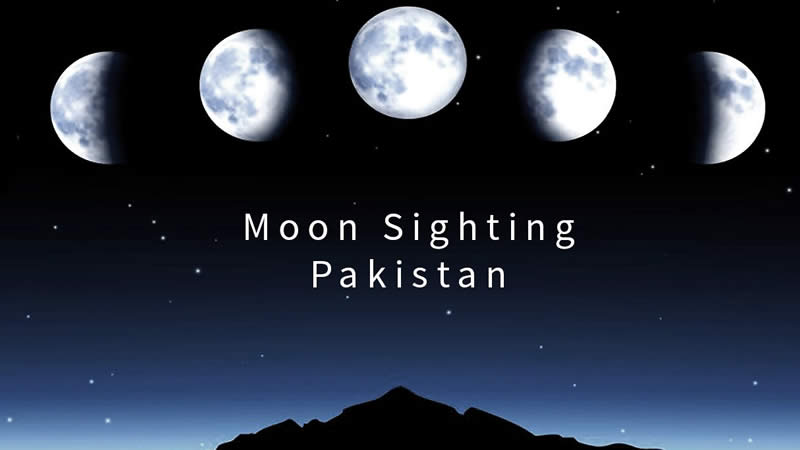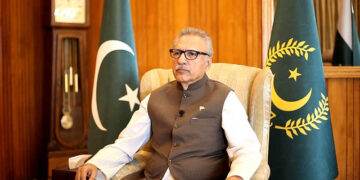Federal Minister for Science and Technology Fawad Chaudhry launched what he termed as Pakistan’s “first official” moonsighting website and a calendar showing main Islamic dates and months for the next five years based on scientific evidence.
The website, pakmoonsighting.pk, has been launched by Chaudhry’s ministry “to halt the moonsighting controversy” that rears its head in the country every year prior to religious festivals.
Named Moon Sighting Pakistan, the website features sections such as a monthly Hijri (Islamic) calendar for the next five years, a day-to-day lunar calendar against dates from the Gregorian calendar, and the dates on which the first day of every lunar month will fall.
Also available are the scientifically determined dates for all major Islamic festivals/days for the ongoing and next years. Readers can access year-wise data about the New Crescent Moon, monthly moon visibility maps and monthly moon coordinates in major cities on the site as well.
Chaudhry had earlier this month announced that the lunar calendar being prepared by a scientific committee formed by the government and showing the exact dates of important Islamic occasions — Ramazan, Eidul Fitr, Eidul Azha, Muharram — would be finalised by the 15th of Ramazan.
He had said that a mobile phone app was also under preparation by the scientific committee after which people would also be able to sight moon on their smartphones.
On May 3, the minister had formed a committee of five experts from the ministry of science and technology, Meteorological Department and the Pakistan Space and Upper Atmosphere Research Commission (Suparco) to determine moonsighting for key Islamic dates and months scientifically, putting an end to the practice of looking for it physically through telescopes.
The National Assembly was informed recently that an amount of Rs3.06 million was spent last year on the sighting of the crescent for Muharram, Ramazan, Eidul Fitr and Eidul Azha.












